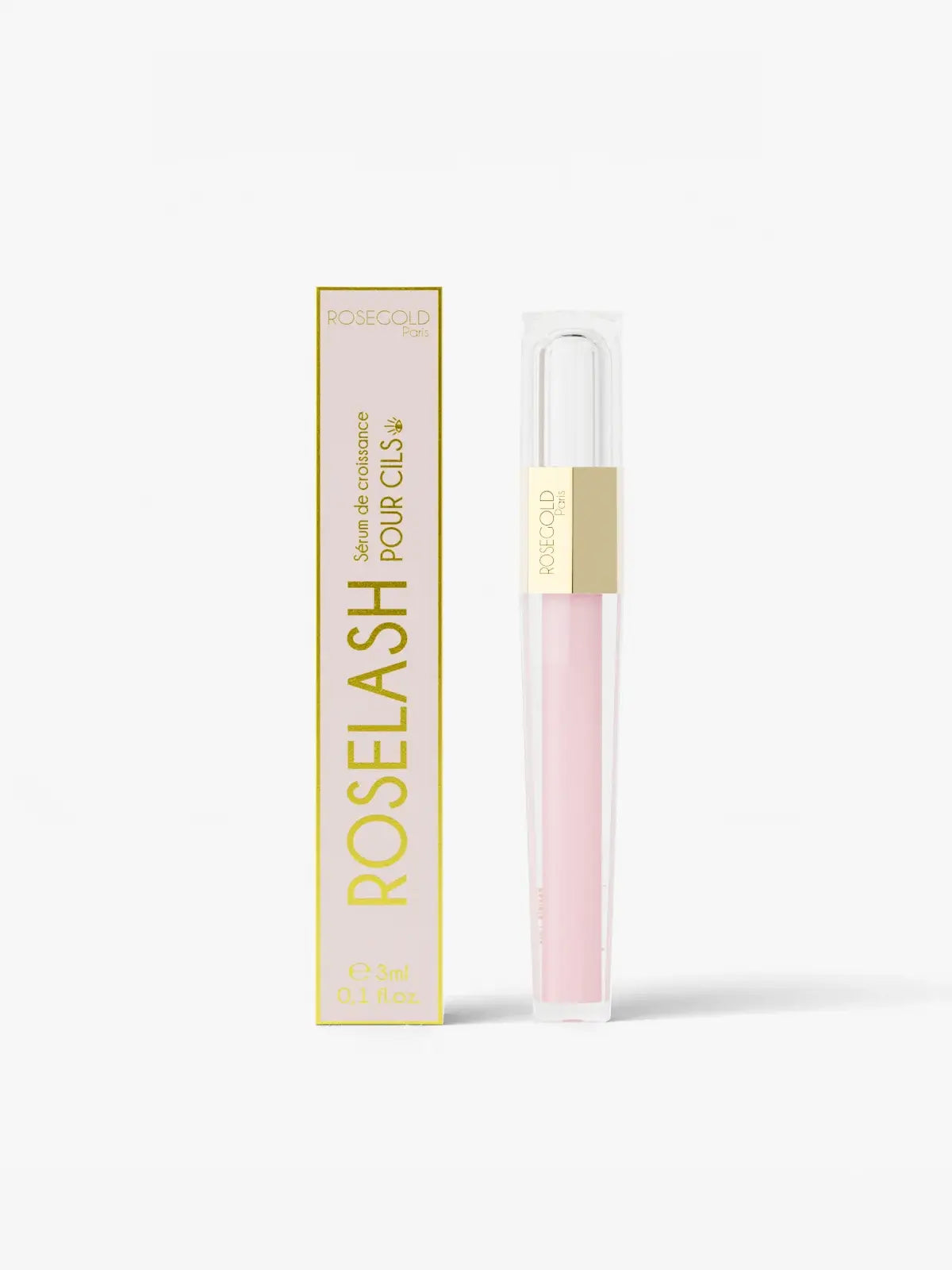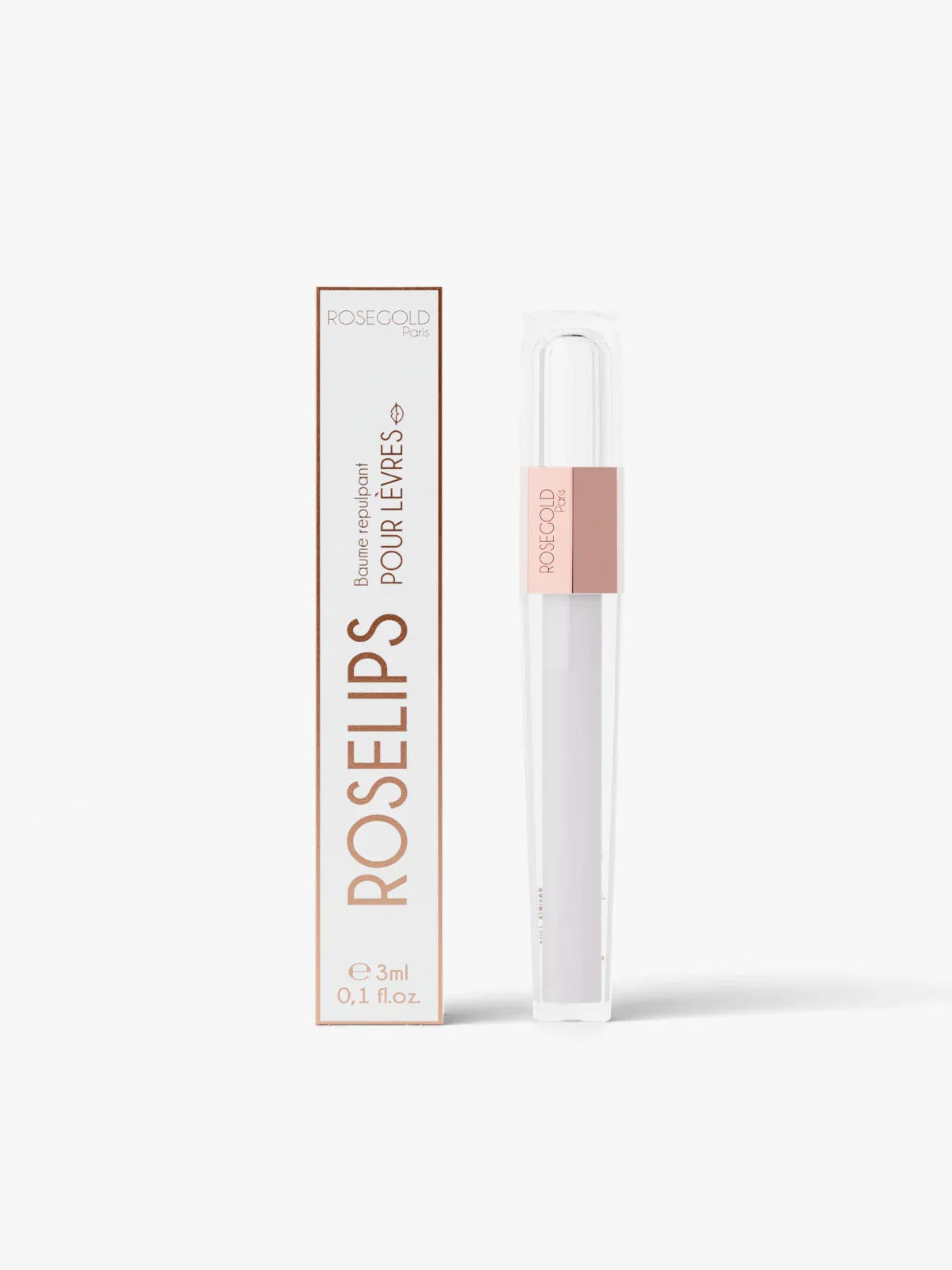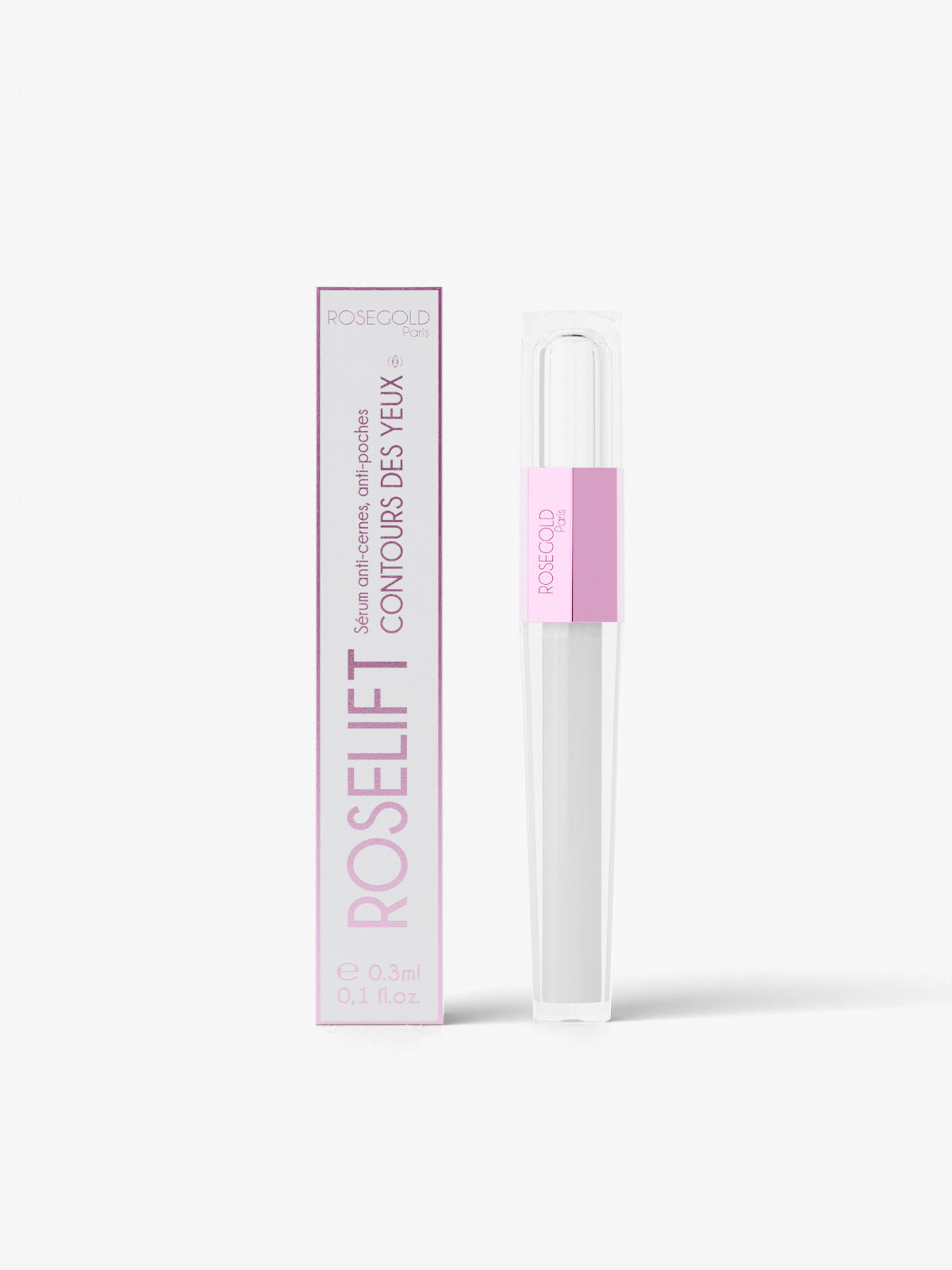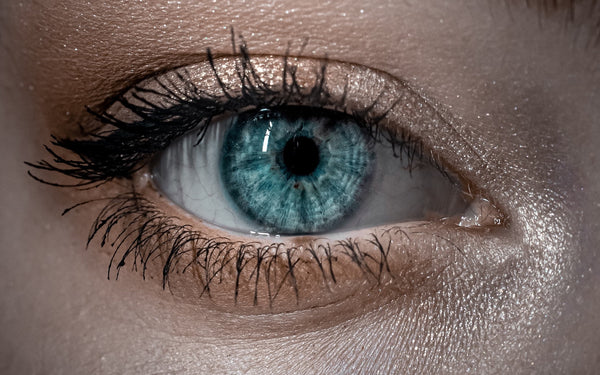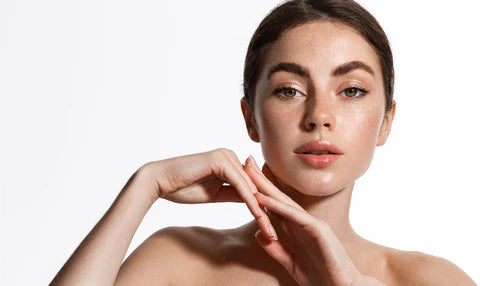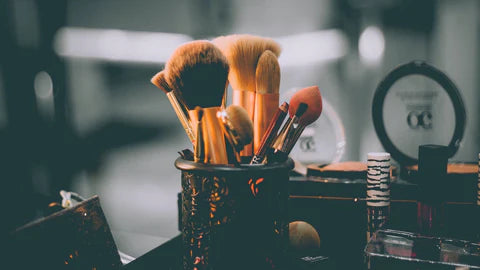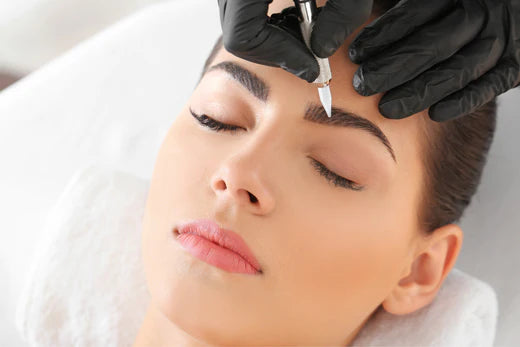
Tâches brunes, cicatrices d'acné, zones sombres sur la peau... Tous ces signaux font preuve d'une hyperpigmentation. Mais qu'est-ce que c'est ? Comment l'éviter ? On fait le point.
Hyperpigmentation affects a large proportion of the population, and spares neither fair nor dark skin. Some people are more significantly affected than others, and various factors come into play. These must be identified to prevent the spread of the phenomenon, or even avoid it altogether where possible.
Découvrez notre sérum cernes
What exactly is hyperpigmentation?
Hyperpigmentation is a skin condition characterized by dark discoloration of a specific area of the skin. It can manifest itself in various forms, such as brown spots, dark areas, acne marks or scars.
What are the causes?
To understand why hyperpigmentation affects the skin, we need to know that it is most often caused by excessive production of melanin, the pigment responsible for skin color. Factors that lead to excessive melanin production include sun exposure, skin aging, hormones (hence the pregnancy mask), skin lesions and certain diseases. Skin hyperpigmentation can occur on any part of the body, but is most common on the face, neck, hands and arms. Although this condition is not dangerous to health, nor is it an end in itself, it can be aesthetically embarrassing, leading some people to want to get rid of it.
Découvrez notre sérum cernes
Understanding the different types of skin hyperpigmentation
Hyperpigmentation is not confined to a single type: there are many forms and aspects of this skin color alteration.
L'hyperpigmentation post-inflammatoire : c'est une coloration sombre qui se développe après une inflammation cutanée, comme l'acné, une éruption cutanée, une blessure ou une brûlure. Elle peut apparaître sur n'importe quelle partie du corps et est plus fréquente chez les personnes ayant une peau foncée. Elle peut s'estomper au fil du temps ou rester à jamais sur la peau.
Melasma: a skin condition that manifests itself as dark spots on the face, particularly on the cheeks, forehead and upper lip. Melasma is more common in women and can be caused by hormonal changes, sun exposure or family history.
Solar lentigos: these are brown spots that appear on sun-exposed skin, such as the face, hands and arms. Solar lentigos are common in the elderly and can be a sign of sun damage.
Vitiligo: a skin condition characterized by loss of pigment in the skin, leading to the formation of white patches. Vitiligo is caused by the destruction of pigment cells in the skin, and can affect any part of the body. Vitiligo can be cured if treated promptly, so consult a dermatologist as soon as you have any doubts.

Découvrez notre sérum cernes
How can hyperpigmentation be prevented?
To avoid aggravating the appearance of pigmentation spots, or even avoiding their appearance altogether, you need to take the right steps on a daily basis. Note that hyperpigmentation has a strong genetic factor, so if parents or close family members suffer from it, the genes are favorable to the appearance of spots.
Avoid excessive sun exposure
Sun exposure is one of the main causes of skin hyperpigmentation, also known as sun spots. It's important to limit the amount of time you spend in the sun, and to use effective sun protection when outdoors. In summer, avoid going out when the sun is at its peak, i.e. between 12pm and 4pm! This is when the sun's UV rays are at their most virulent, altering melanin production. At this stage, even sunscreen can be ineffective in protecting the skin from the rays.
You canalso prepare your skin for the sun before midsummer arrives, using appropriate creams or dietary supplements. But above all, take constant care of your skin by moisturizing it as much as possible, from the face (moisturizing cream, eye contour care, sun cream) to the body (after-sun, creams, balms or moisturizing gel) morning and night.
Use appropriate skin care products
Always take care to use gentle skin care products suited to your skin type. Avoid harsh, irritating products that can damage the skin barrier and promote the appearance of age spots over time.
Avoid skin trauma
Easier said than done, of course, but avoid skin traumas such as scratches, rashes or cuts, which can cause skin inflammation and lead to post-inflammatory hyperpigmentation. While most of these scars fade with time, some skin can remain scarred indefinitely.
Treating skin problems quickly
Whatever the problem, if you get to the root of it, it's easy to get rid of! This is the case with skin problems: to prevent them leaving their mark, it's essential to act early and quickly. Treat skin problems such as acne or eczema immediately to avoid the appearance of permanent pigmentation spots.
Maintain a healthy, balanced diet
A healthy, balanced diet can help prevent the risk of skin hyperpigmentation by providing essential nutrients for skin health.
